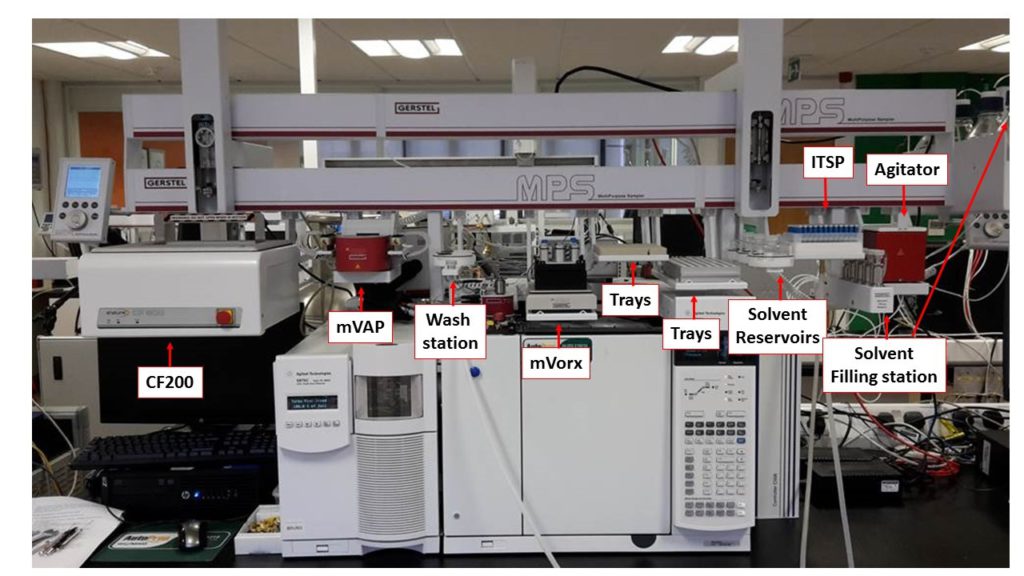Toxtastic Initial Results for Opiates in Blood Automated Solution
Many forensic toxicology service labs are facing increasing casework, often times with reduced staff numbers.
Having had many years of experience with manually extracting drugs of abuse from a range of biological matrices (including blood, urine, oral fluid and hair), I can fully appreciate the interest within the forensic toxicology community to explore automated sample preparation solutions.
Since starting my role as Forensics Market Specialist in September last year, I have had numerous visits and discussions with forensic toxicology colleagues in the field. The general consensus is that it would be useful to evaluate personalised GERSTEL automated sample preparation workstations to compare against data form current manual methods, with a view to decreasing casework turnaround times and producing increasingly reproducible and reliable results to stand up in a Court of Law.
One of our Applications Chemists, Camilla Liscio, has been working on one GERSTEL MPS automated solution for the extraction of opiates from blood (below), with some really encouraging results. Furthermore, the automated rail has been designed along with the customer to allow flexibility to cover a range of drug extraction methods from different biological matrices. Although mounted on a GC-MS for this particular piece of work, the MPS can also be run as a standalone system or linked to an LC-MS depending on particular lab requirements.

Some key benefits of this particular automated system include:
- Preparation of calibrators and QCs
- Addition of solvents/reagents
- Vortex mixing and centrifugation
- ITSP sample clean-up
- Evaporation of ITSP eluent
- Agitation/Incubation for GC-MS derivatisation
Initial results look promising despite the method scale down, with very good linearity (R2>0.99) and limits of quantitation for morphine, codeine and dihydrocodeine (0.025 mg/L) and 6-monoacetylmorphine (0.005 mg/L).
This work is just the beginning of what we think will be a massive advantage to busy forensic toxicology service labs requiring rapid and flexible automated sample preparation solutions.
If you fancy having a look at how it works then check out this video.
If you wish to discuss this further, please do not hesitate to contact us on 01223 279210, or email: enquiries@anatune.co.uk.

